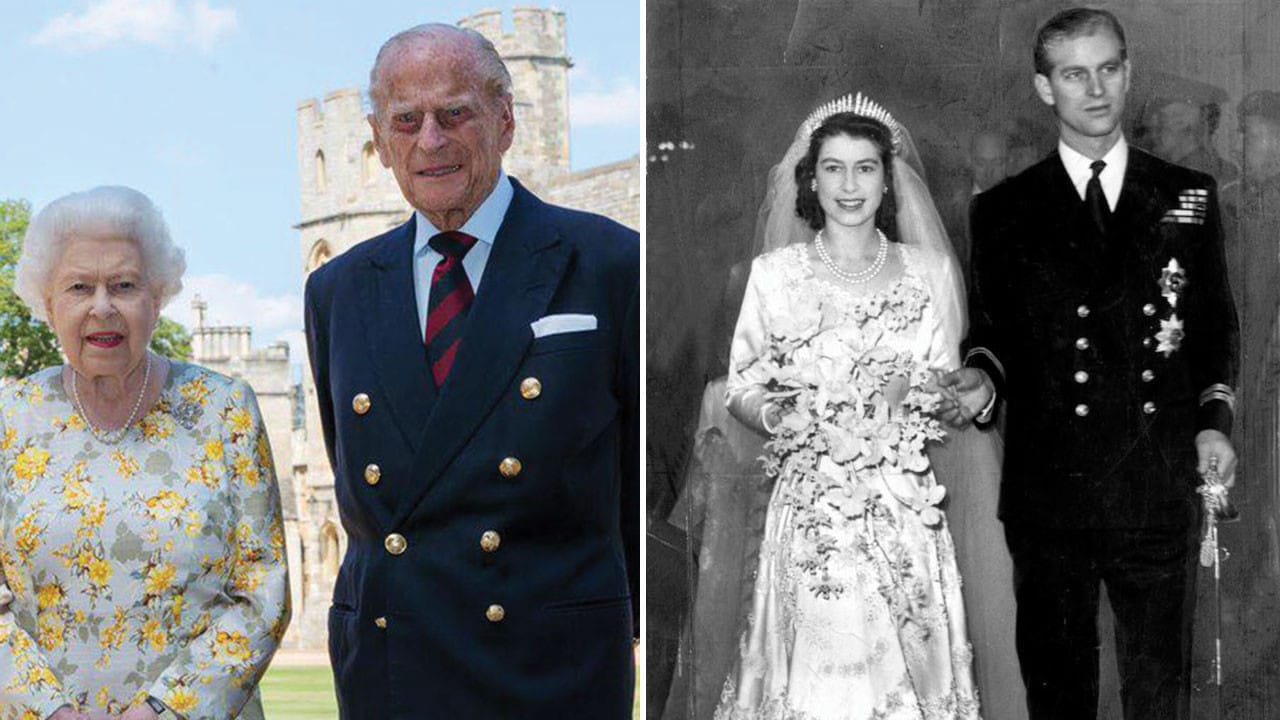By Muhammad Dhiyauddin Ahmad Zamri
Prince Philip was a remarkable man who lived an exceptional life, one that was closely linked to the sweeping changes of our tumultuous twentieth century, a life of fascinating contrast and paradox, of service and solitude. A complex, astute, and restless person.
In 1901, his mother and father met at Queen Victoria’s funeral. His ancestors were dispersed around European royalty at a time when all but four countries were monarchies. While World War One swept away several royal families, Philip was born into a world where monarchies were still the rule. His grandfather was King of Greece; his great-aunt Ella was assassinated by the Bolsheviks at Ekaterinberg, along with the Russian tsar; and his mother was a great-granddaughter of Queen Victoria. All four of his older sisters married Germans. Three of Philip’s sisters secretly joined the Nazi movement when he served in the Royal Navy, and none of them were invited to his wedding.
When peace and eventual economic recovery arrived, Philip threw himself into building a better Britain, encouraging the nation to follow scientific methods and embrace the ideas of industrial design, planning, education, and training. Philip was urging modernity on the country in speeches and interviews a decade before Harold Wilson spoke of the “white heat of the technological revolution.” And as the nation and the world became wealthier and ate more, Philip warned of the environmental consequences even before it was trendy.
Philip had to be tough, independent, and willing to fend for himself by the time he went to Gordonstoun, a private school on Scotland’s north coast. Gordonstoun would incorporate those characteristics into the school’s unique culture of community service, cooperation, accountability and individual respect. It also ignited one of Philip’s lifelong passions: his love of the sea.
The two great passions of his life would collide at Dartmouth Naval College in 1939. At Gordonstoun, he learned to sail; at Dartmouth, he would learn to lead. And his burning desire to succeed and win will be evident. Despite arriving at the college much later than the majority of the other cadets, he graduated first in his class in 1940. He earned the highest grade in four of the five parts of the exam during his additional training at Portsmouth. He was one of the Royal Navy’s youngest first lieutenants.
His family had a long history with the navy. His maternal grandfather was the First Sea Lord, the Royal Navy’s commander; when Philip was in school, his uncle, “Dickie” Mountbatten, was in command of a destroyer. In battle, he displayed not only courage but also deception. It was a perfect setting for him. “Prince Philip will make his mark in every career where he will have to prove himself in a test of strength,” wrote Gordonstoun headmaster Kurt Hahn admiringly.
When King George VI visited the Naval College with Philip’s uncle, he took his daughter, Princess Elizabeth, along with him. Philip was entrusted with her care. He bragged to her about vaulting the tennis court nets on the college grounds. He was calm, outgoing, and strikingly handsome, despite his lack of a throne. She was lovely, a little reserved, a little solemn, and completely smitten by Philip.
During World War II, when Philip was serving in the Royal Navy, the two exchanged numerous letters.
In a letter to author Betty Shew that was auctioned off in 2016, she wrote, “Philip loves driving and does it soon!” “He has his own miniature M.G., which he adores. He’s driven me around in it, once all the way to London, which was a lot of fun.”
Following a year of courtship, the pair married on Nov. 20, 1947, an occasion that drew national attention in the aftermath of the devastating war.
Queen Elizabeth paid a special public tribute to the man who had stolen her heart all those years ago on the occasion of their 50th wedding anniversary.
“He isn’t easily pleased with compliments, but he has simply been my strength and support over these years,” she said, “and I owe him a debt greater than he can ever claim.”
He was an environmentalist long before the term was coined. “Greedy and needless misuse of nature,” he warned. In 1982, he brought up “a hotly-debated question directly due to the growth of manufacturing… the build-up of carbon dioxide in the atmosphere,” which he referred to as the “greenhouse effect,” a subject that now grips us but was almost never discussed back then.
Because of his need for privacy, his status, and the fact that almost everyone who knew him best has passed away, our knowledge of him will always be incomplete. But it’s also because of who he was as a human, and the inconsistencies and parallels that appeared over the years. “A mercurial man like His Royal Highness needs a loose fit portrait,” said artist and architect Sir Hugh Casson.***
(This article is compiled and written as part of individual assignment series for Feature Writing class)
